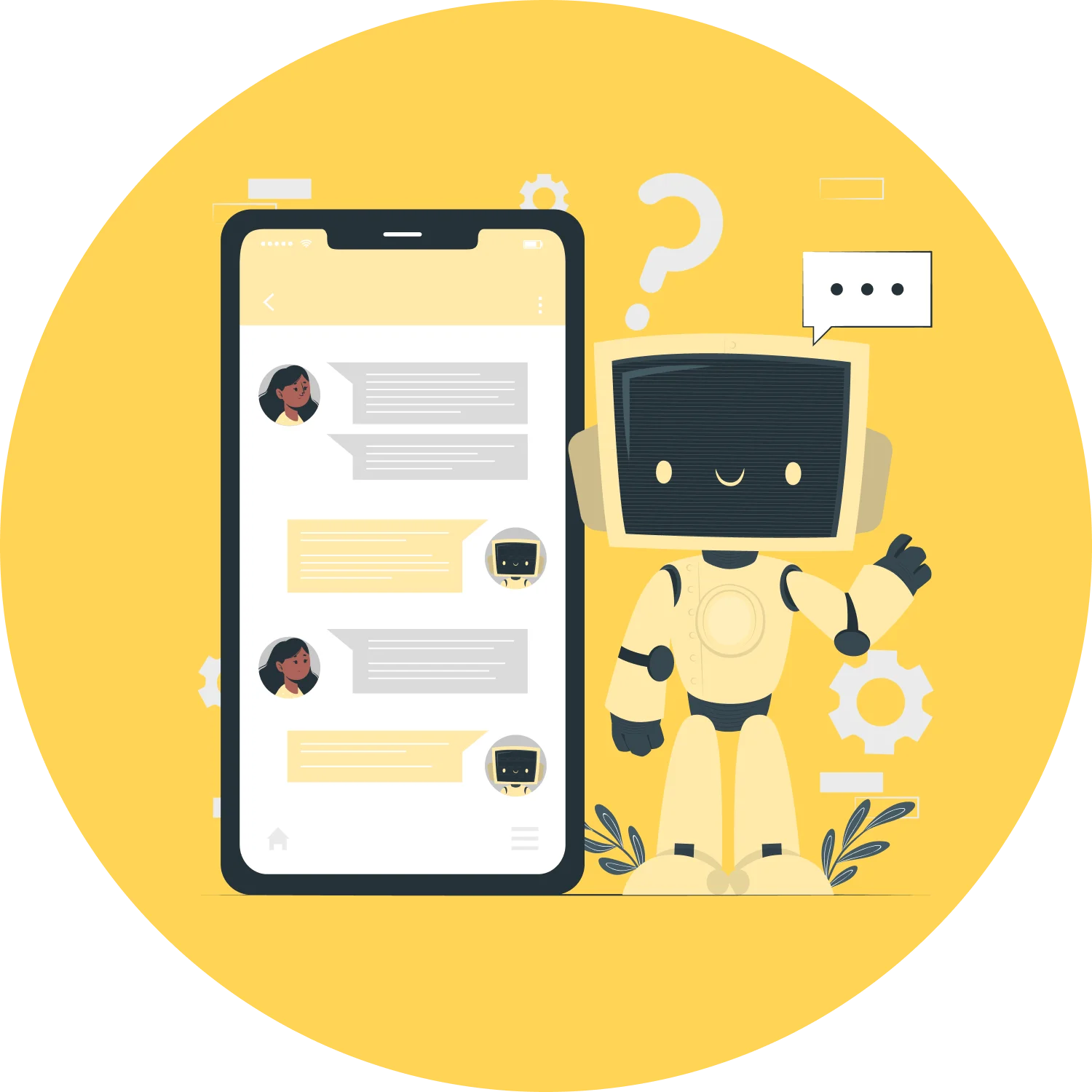Following the idea that chatbots may eventually remove the ‘Human’ from Human Resources, existing studies already suggest that chatbots could generate annual savings greater than $8 billion by 2022. As enterprises will only increase to deploy this form of conversational A.I., what does this mean for the professionals of HR?
Chatbots as a Resource to Improve Humans at Work
Effective Communication
In practice, communication is never as perfect and effective as we would want it to be. It can take hours for a manager to approve a leave request or for HR personnel to answer an urgent question from the moment it was submitted by an employee. Chatbots like MiABot enable HR to respond in real-time, allowing employees to make faster decisions regarding their leave, vacations and others. This simplified communication is what made chatbots the mainstream communication channel between employees and HR in 2018.
The conversational simulation in chatbots can be well designed to conduct surveys on employees. Initiating employee engagement conversations such as “How was your day at work?” and “Are you feeling happy today?” can help management identify improvements needed to the workplace. These chatbots share the similar architecture to therapy chatbots that assist with depression and anxiety. Receiving and recognising this feedback is a major element of effective communication.
Morale
Every business seminar you attend will tell you that monitoring employee morale is key to talent retention!
HR Personnel Monotony is a slow-killer and it will eat up your HR managers. Imagine answering the same, old, routine questions everyday. One of the flaws in humans is that we get agitated. Fortunately, chatbots are here to assist! Working on less mundane tasks is a great morale booster. | Other Employees It is usually difficult for HR to remember every employee and their individual traits and history in an organisation. Chatbots can collect employee data to create a more personalised conversation. For example, it can initiate a conversation with “How was your assignment in New York last weekend?” |
Do we still need humans?
Chatbots can do better than us at the above aspects, however they have not completely mastered all that we can do. Technology behind A.I. and robotics will continue to advance but functions of the human brain cannot be replicated (yet). Chatbots are trained to converse through deep learning, training data and improve themselves with every interaction with employees. Therefore, they are bound to pick up some flaws from the human nature. We certainly would not want to have a racist chatbot like Microsoft’s Twitter-trained chatbot, Tay (who went on a racial and xenophobic rant within 24 hours of going online) to be dealing with our employees. It would be defeating the initial objective of enhanced employee experience.
The bot still lacks cognitive skills to provide appropriate judgement, leadership and identify social-emotional cues. In the end, it means that the bot is inadequate to stand without a leader and affirms the need for HR managers to monitor and guide chatbot behaviour.
Anthropomorphism in Chatbots
Anthropomorphism
/ˌanθrəpəˈmɔːfɪz(ə)m/
noun
The attribution of human characteristics and/or behaviour to an object.
So far we have established the different aspects that chatbots and humans excel at and their limitations. The balancing act is to find a middle point (i.e. equilibrium) where we converge the traits of both chatbot and human. That is to make chatbots more human-like. A study from Cornell University found that 61% of humans favour an emotional version of a chatbot in comparison to the neutral ones. We can expect that technology will develop to make A.I more emotionally aware to truly understand human requests.
Replacement or Augmentation?
Our main concern is whether the rise of chatbots will lead us to a jobless future. While research indicates that 80% of enterprises will implement some sort of chatbot by 2020 to provide a faster and more efficient interaction with employees, chatbots will not replace humans (for now at least). We’re still far away from a machine that fully understands human emotions and possesses human problem-solving skills. We need not worry about the mundane tasks being replaced but instead, we need to realise that it is a process of job augmentation that will bring more rewarding careers. Now that you’re no longer worried about being replaced, explore how to deploy your very own HR chatbot here.



